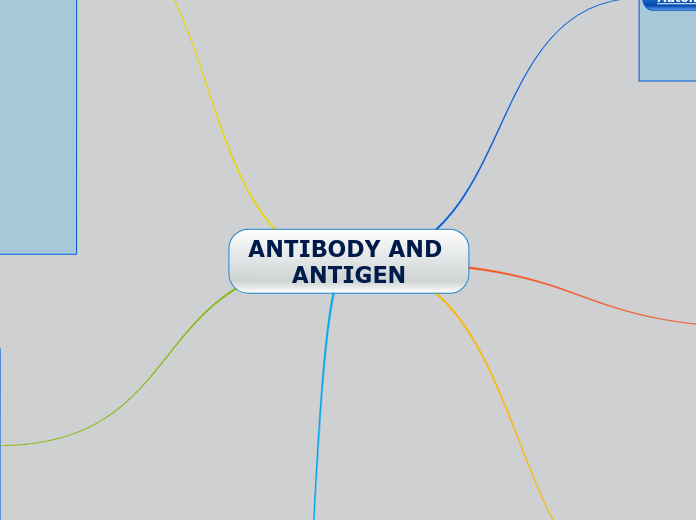ANTIBODY AND ANTIGEN
Autoimmune Disease
Autoimmune diseases occur when the body's immune system loses the ability to recognize the difference between self and nonself, that is to say, the organism produces antibodies (called autoantibodies) againts our own tissues. This can provoke the destruction of body tissue and result in a number of chronic or debilitating diseases. Between the posibles factors that provoke the autoinmune diseases are the infections by viruses and bacterias, the exposure to certain chemicals and ultraviolet light and the genetic factors.
Monoclonal antibodies
When a foreign substance enters the body for the first time, the immune system makes antibodies to fight it and activates the immune memory, so the next time the same antigen enters the body the immune response will be immediate without ever feeling the symptoms of the disease or knowing that the person has been exposed to the pathogen.
IMMUNIZATION
Process of making a person immune to a disease by inoculating them against it.
Inoculation is the introduction of an antigen into the body, (usually for injection) to stimulate the production of antibodies.
The medical practice of immunization called "vaccination".
Classes of antibodies and their functions
IgA
-Present in tears, saliva, and mucus, as well as in secretions of the respiratory, reproductive, digestive, and urinary tracts. -Funtion: neutralize bacteria and
viruses and prevent them from entering the body or reaching the internal organs
IgG
They circulate in the blood and
other body fluids, defending against invading bacteria and viruses. The smallest of the antibodies, IgG moves easily across cell membranes. In humans, this mobility allows the IgG in a pregnant woman to pass through the placenta to her fetus, providing a temporary defense to her unborn child
IgM
-Present in the blood Is the largest of the antibodies, combining five Y-shaped units.
-Function: similarly to IgG in defending against antigens but cannot cross membranes because
of its size. IgM is the main antibody produced in an initial attack by a antigen
IgD
-Present in small amounts in the blood. This class of antibodies is found mostly on the
surface of B cells—cells that produce and release antibodies. -Funtion: assists B cells in recognizing
specific antigens.
IgE
-Present in tiny amounts in serum Are responsible for allergic reactions. -Funtion: can bind to the surface of certain cells called mast cells,
which contain strong chemicals, including histamine. When an allergen such as pollen binds with its specific IgE antibody, it stimulates the release of histamine from the mast cell. The irritating histamine causes the
symptoms of an allergic reaction.
THE IMMUNE RESPONSE
-With the entry of a foreign substance into the body for the first time, typical symptoms of the disease may appear, until the immune system produces antibodies to fight it. --The immune response is rapid, so the patient may not even be aware of exposure to the antigen since they do not experience symptoms.
-Subsequent attacks by the same antigen stimulate immune memory to produce large amounts of antibodies.
